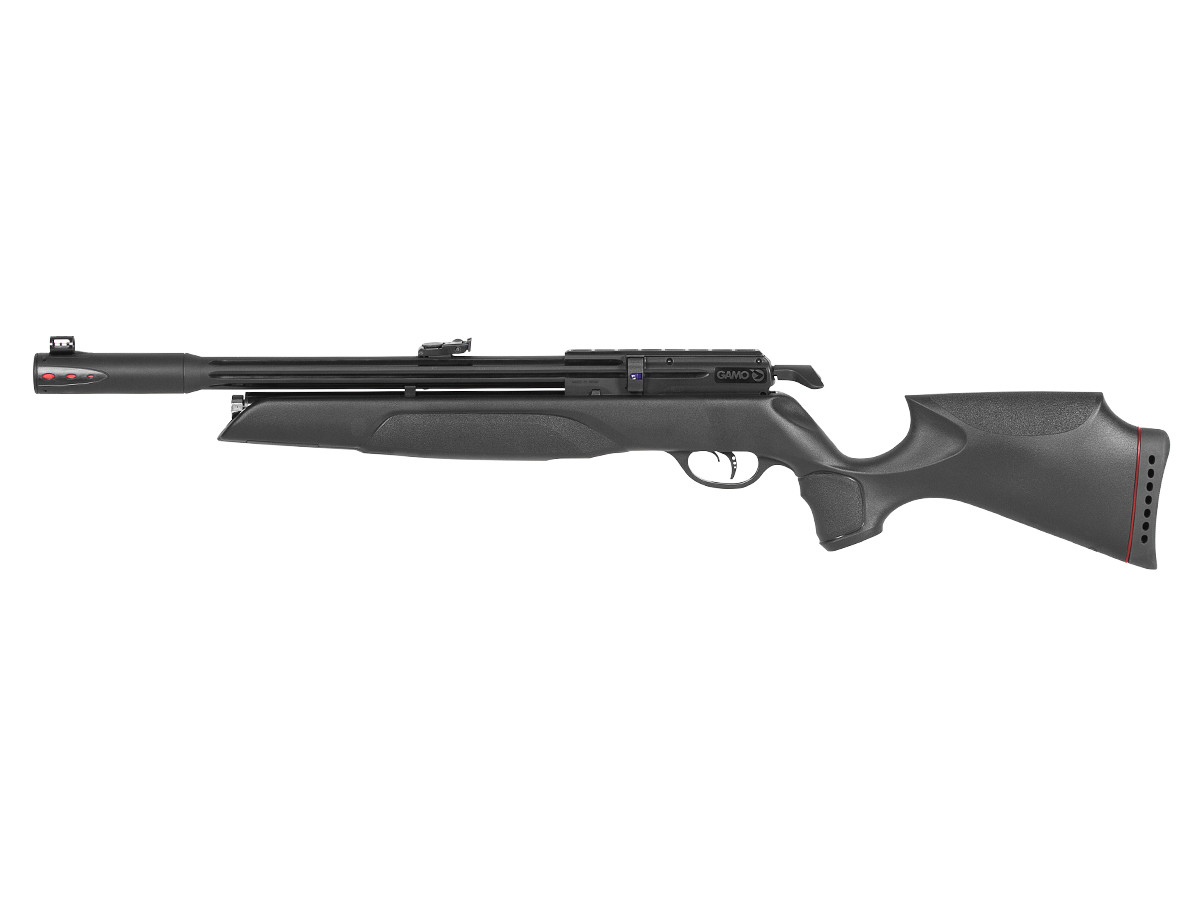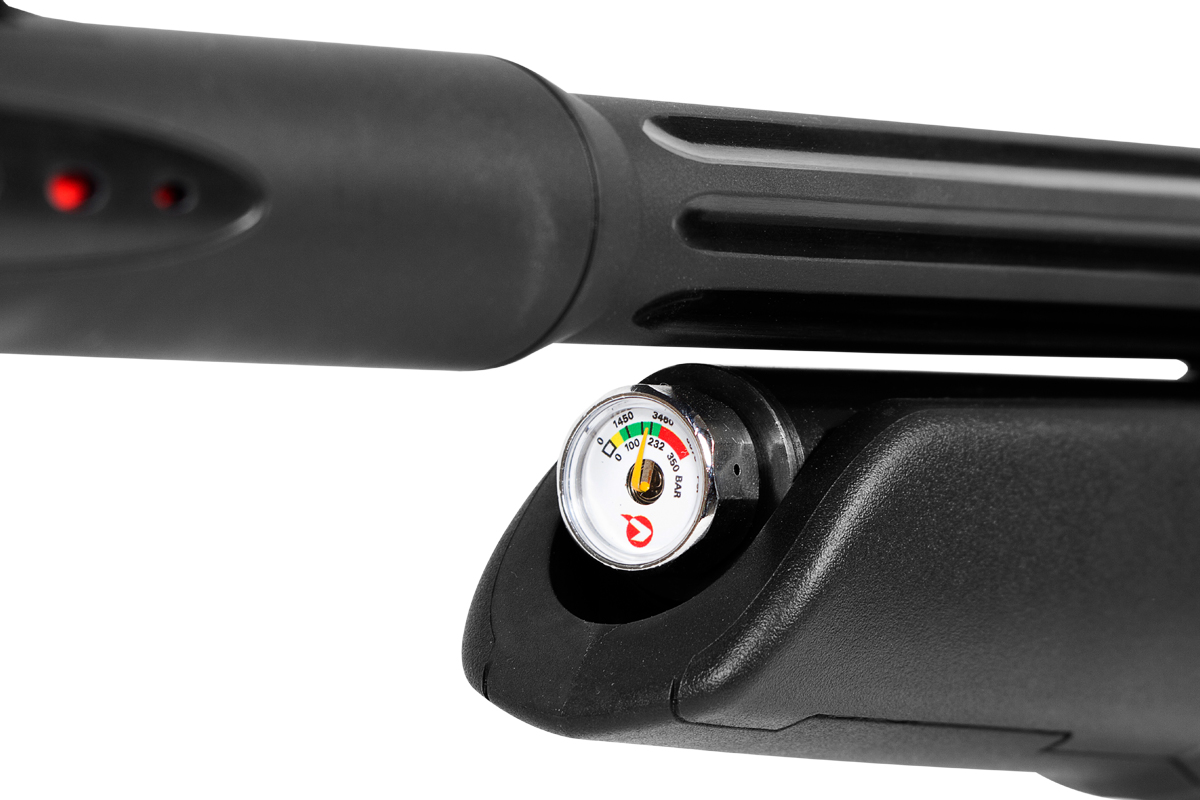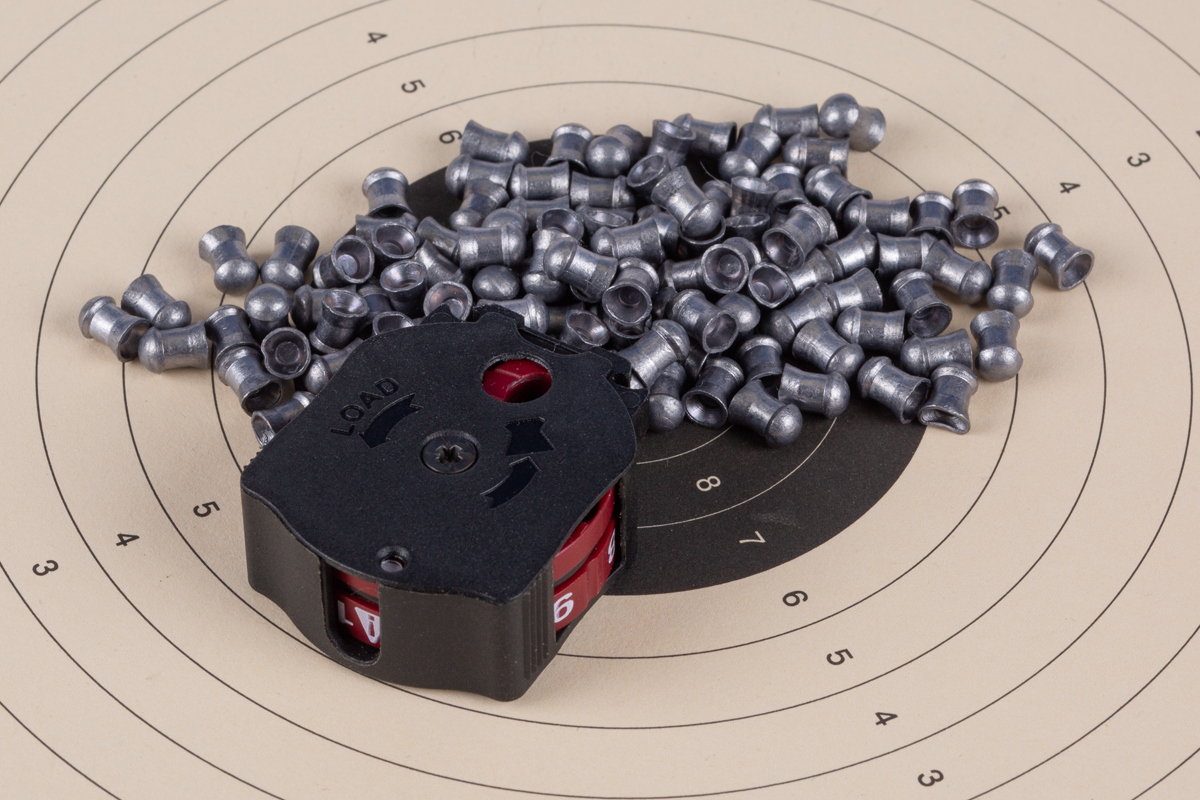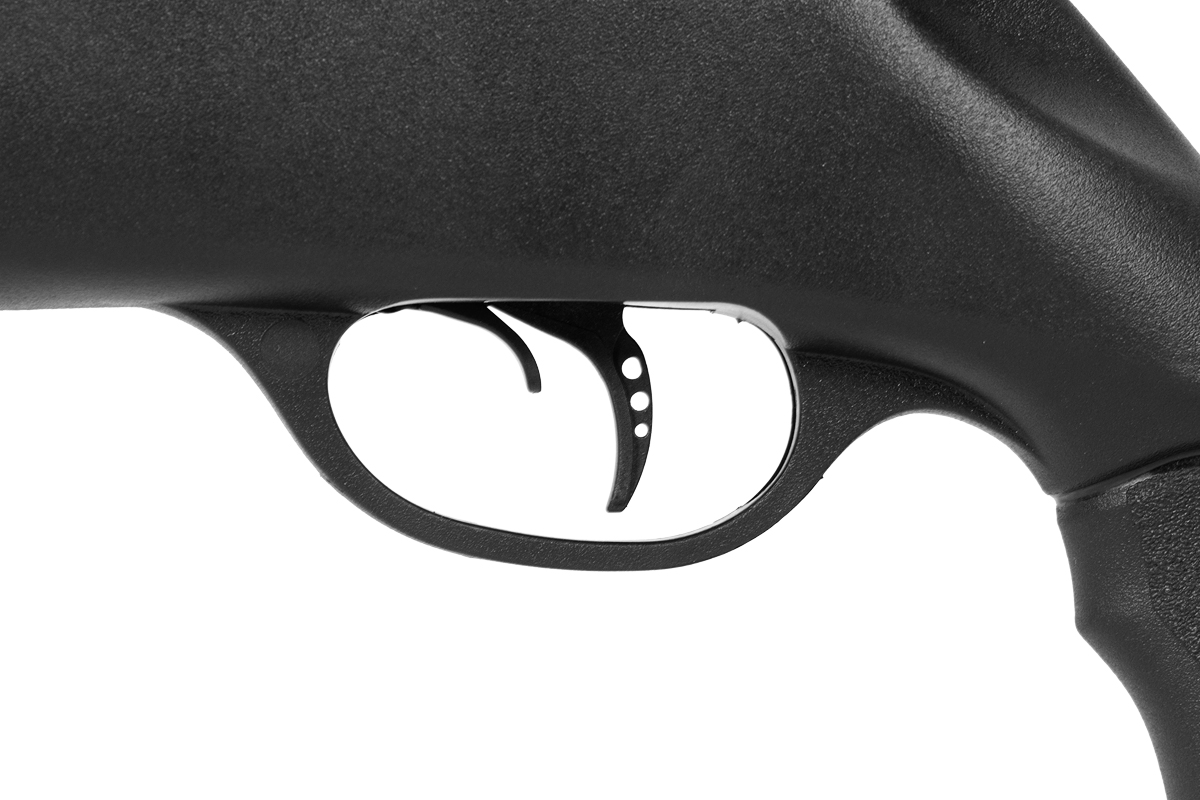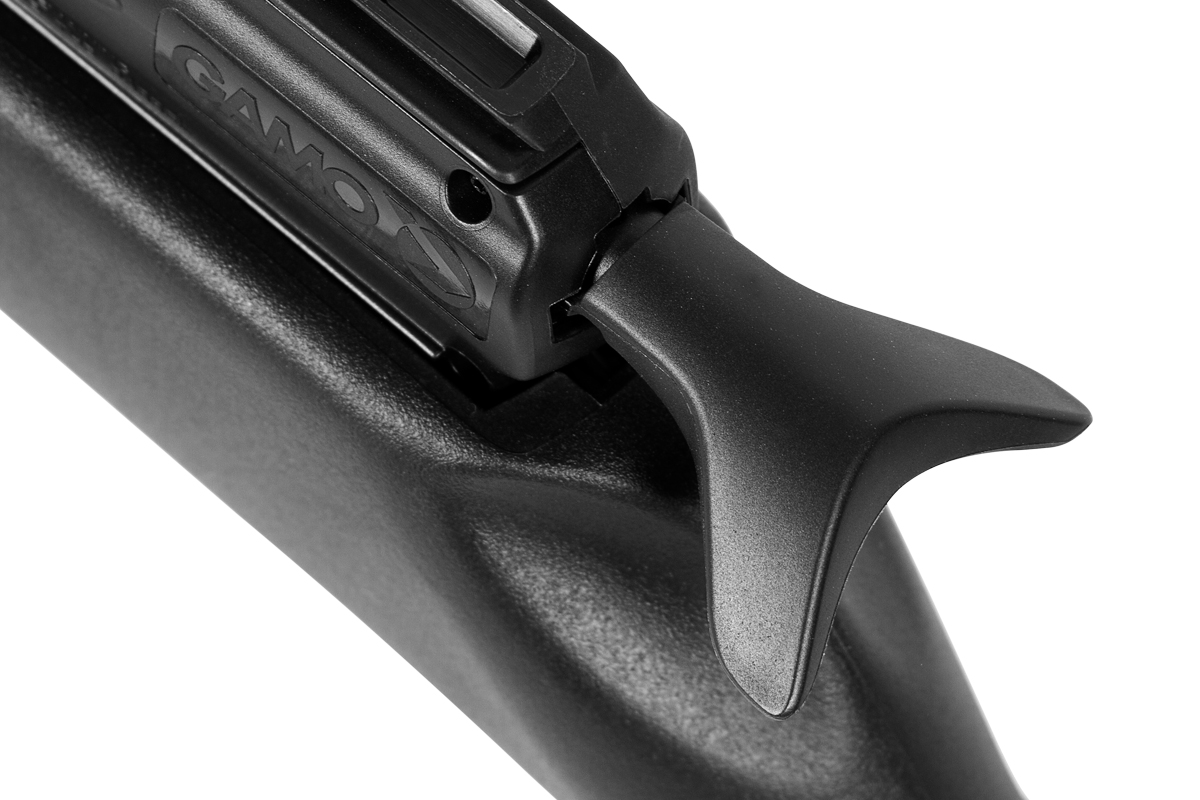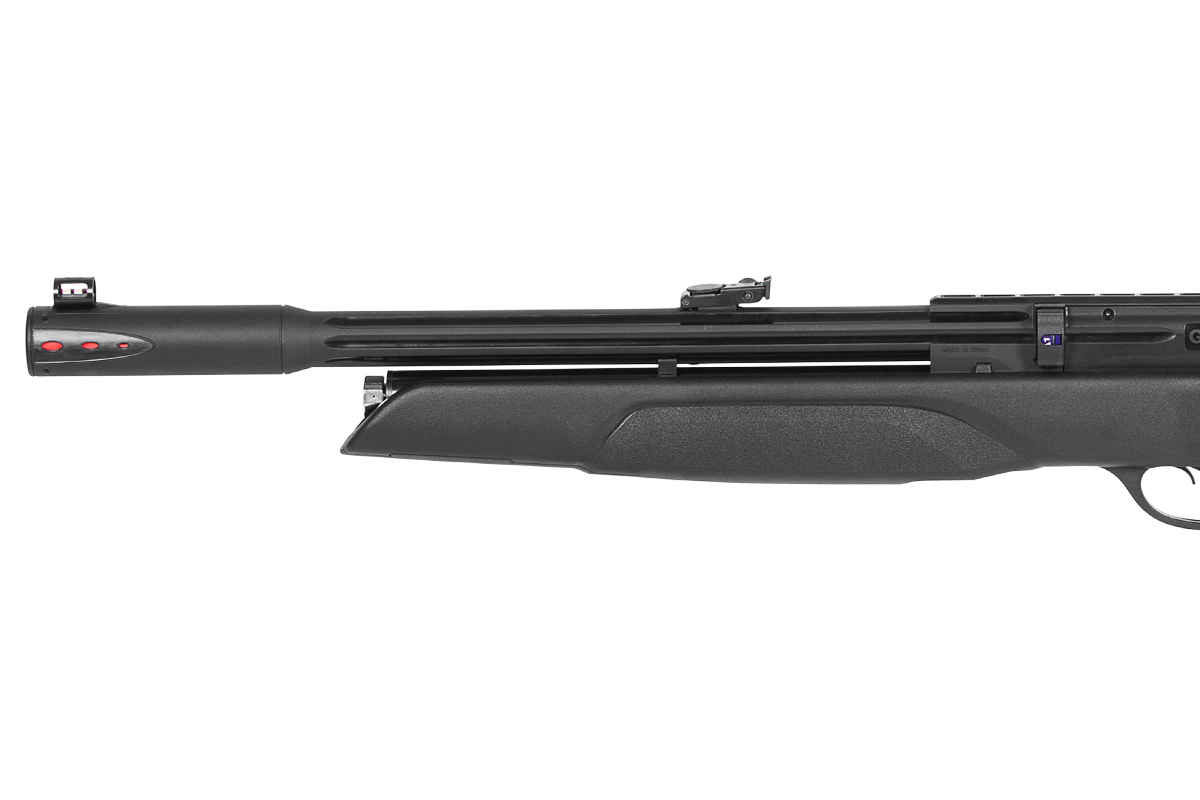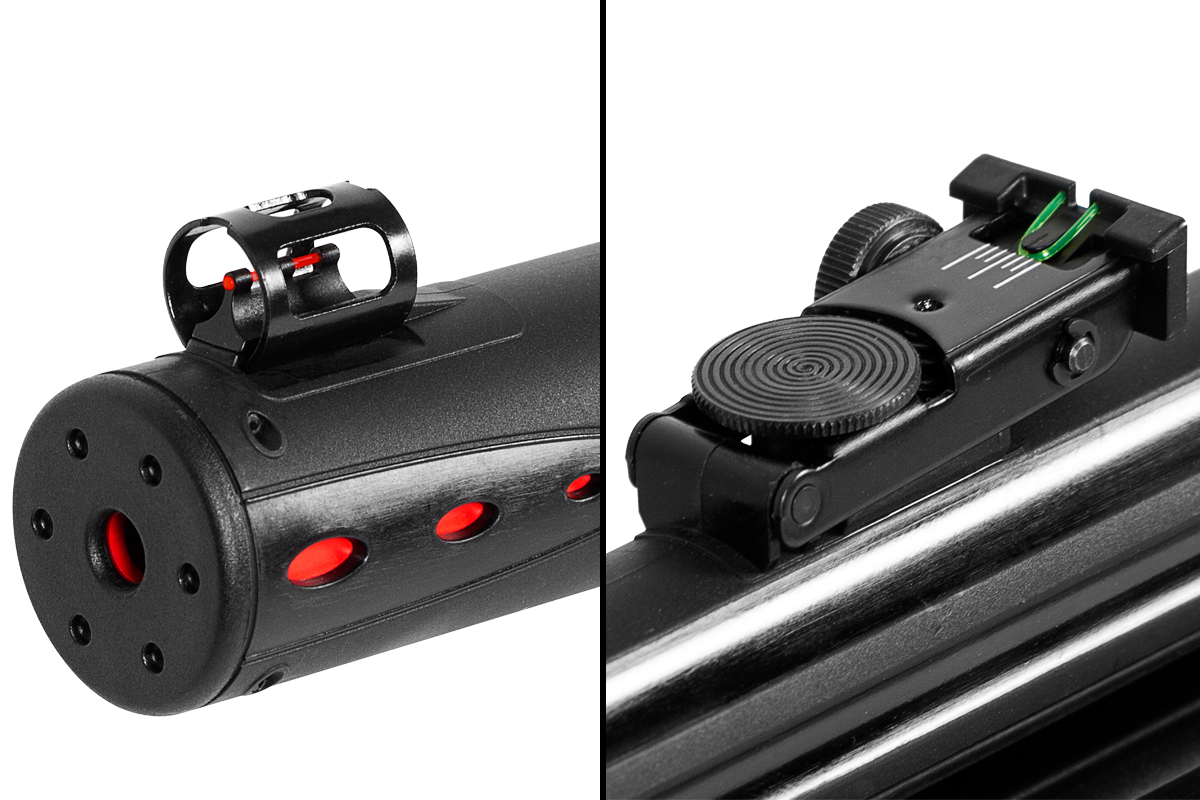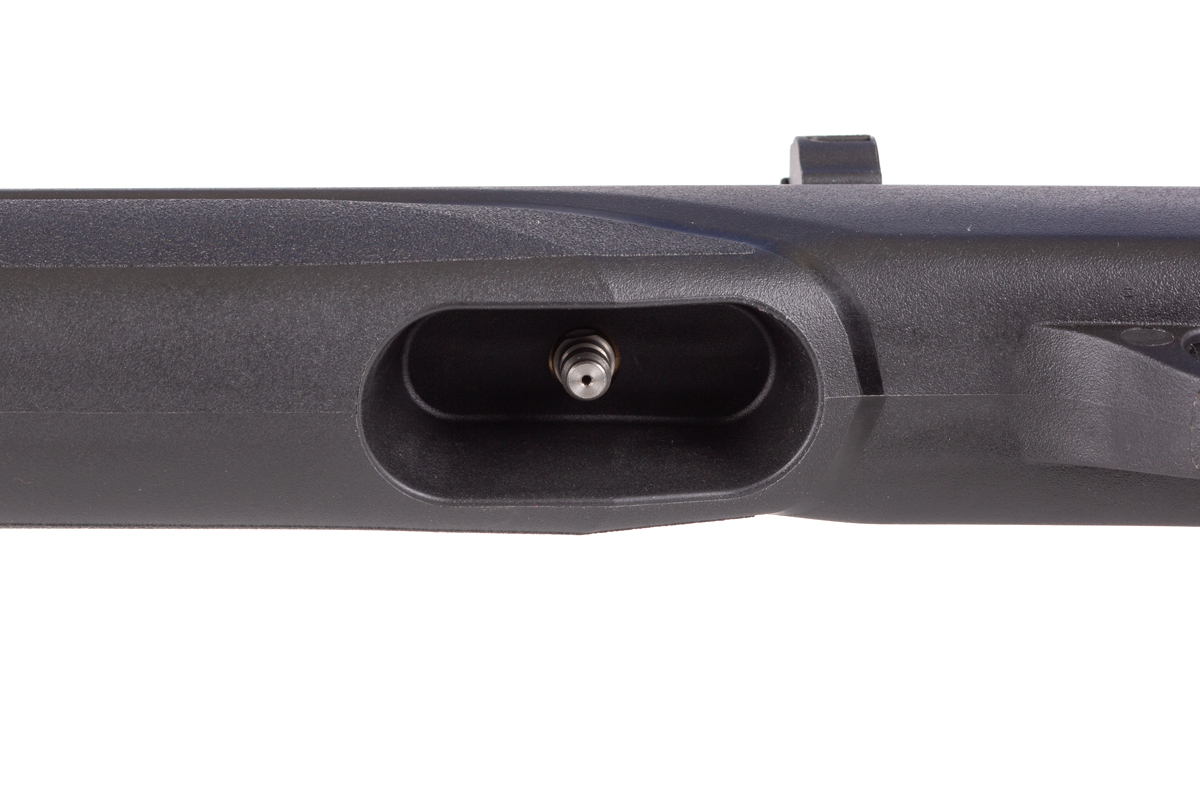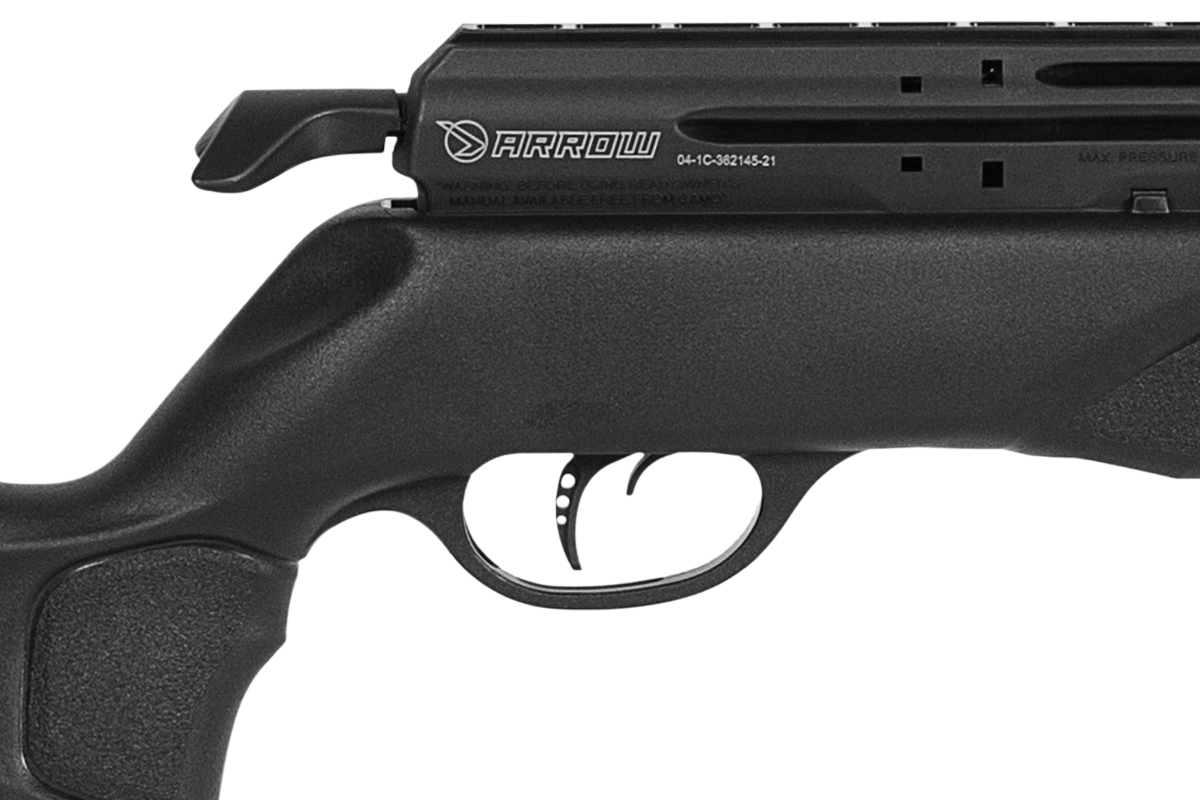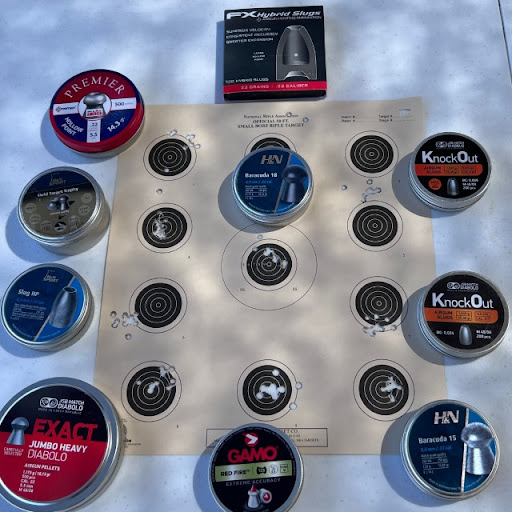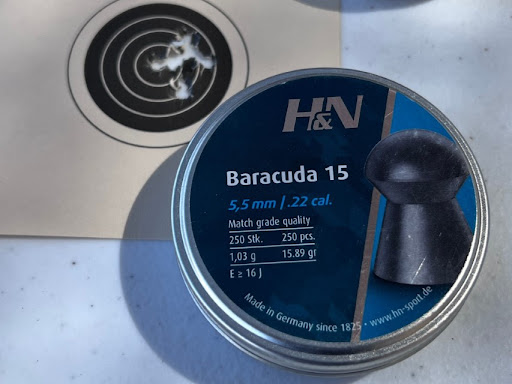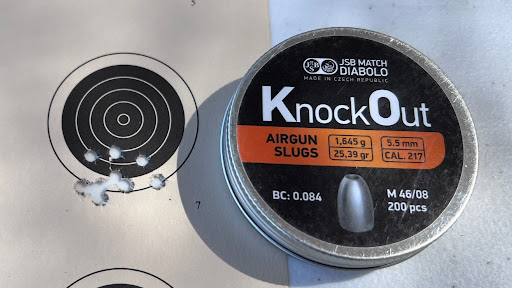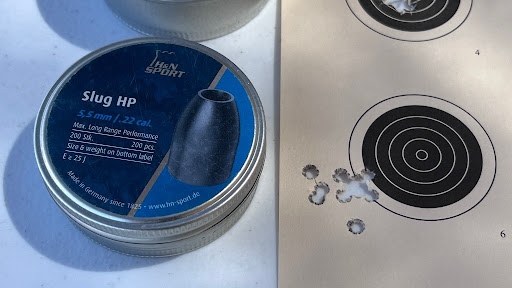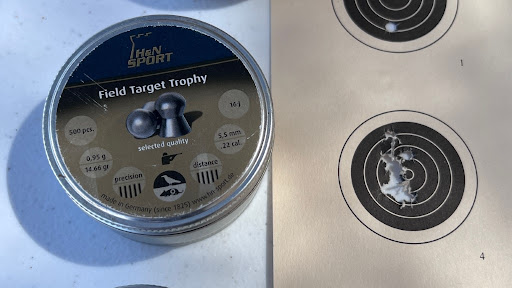Definitive Guide to Gamo Arrow
Affordability is a big factor with backyard-friendly air rifles, and this one hits that sweet spot in pricing. Add in core features such as a lightweight polymer body, integrated Foster fitting, and straight-pull cocking system, and the Gamo Arrow is set up as a better value than many pcp air rifles. Let's see how the rest of the features stack up.
Basic Anatomy
So let's look at the tale of the tape. The Gamo Arrow has an overall length of 38.98 inches and weighs only 5 pounds. The external construction is nearly all synthetic. It's available in .177 and .22 caliber. We'll be looking specifically at the .22 caliber for this guide.
The Arrow is a PCP airgun fed by a relatively small 125CC air cylinder. The max fill pressure is 232 bar. While the Arrow is an unregulated airgun, don't let that deter you. It uses BSA's "fast strike" valving system, which is exceptionally good at delivering near-regulated performance out of an unregulated airgun.
The 10-shot magazines are the same as the original Gen 1 Gamo Swarm break barrels and run about $18.00 each. The Gamo Arrow magazines are very affordable. This is good news for folks that had been considering the Gamo Coyote and Gamo Urban but were put off by the cost of extra magazines. Both of those models use the traditional BSA mags, which cost about 3 times as much.
The trigger is Gamo's tried and true CAT (Custom Action Trigger) which has some adjustability. The length of the first and second stages can both be adjusted. The length of the second stage, which controls seer engagement, is set to the shortest possible from the factory. So, the only adjustment is to make it longer. This is unfortunate as the length of the second stage pull is too long, in our opinion. The pull weight is not adjustable but is very reasonable, breaking at about 2.5 pounds on average. The trigger pull is very smooth and predictable, even with the longer-than-desired second stage.
The cocking handle on the Gamo Arrow utilizes a unique straight pull-back system. It's sort of like a rear bolt, but without the off-center pressure that can cause misfeeds and jams. It will feel like second nature for shooters that are used to 10-meter competition air rifles. A positive catch locks the bolt closed and prevents the bolt from accidentally cycling the system. To cock the rifle, you'll need to press down first to release the catch and then pull the bolt back. When you push it forward to seat the pellet into the breach, you need to make sure that it's fully closed and locked into place. The whole process is quite intuitive once you've shot through a couple of magazines.
We've not talked about the stock yet, and we really should, as it's a major feature and asset. While the entirety of the exterior portions of the Arrow are synthetic, they are made from high-quality, firearm-grade synthetics. The textured portions at the grip, forearm, and cheekpiece feel really good when shooting at the bench or offhand. It's clear that Gamo put time, energy, and money into this newly designed stock.
The barrel is fully shrouded and incorporates Gamo's patented Whisper moderator. To say the Gamo Arrow is Quiet is a massive understatement. This airgun is all about being backyard friendly, and it simply nails it. At just over 90DB at the muzzle in our tests, it's one of the quietest airguns we've ever measured. The sound from pellet impacts would likely be more noticeable than the airgun itself. It's that quiet.
Sitting atop the barrel are Gamo's fiber optic sights. These are above-average open sights, especially on an airgun at this price point. The front globe sight has a very fine, red fiber optic filament. The fully adjustable rear sight has contrasting green fiber optic filaments. If we go back to the stock for just a moment, it's easy to overlook proper ergonomics when building an airgun stock. If you are going to incorporate open sights, the stock needs to be designed for them to be comfortable and practical to use. Fortunately, Gamo got this right too. For those that would prefer to use a scope, there's an 11mm dovetail rail for mounting an optic.
Operation
Before you can start driving pellets down range, you'll need to fill your airgun up to the recommended 232 bar. Because the cylinder is small, it's very reasonable to use an HPA hand pump like the Air Venturi MK 5 to fill up as needed. For those who would prefer to use a personal compressor like the Air Venturi Nomad or a carbon fiber tank, there are always those options.
With your Arrow all topped off, you need to load the 10-shot magazine. It's very straightforward. Just insert your first pellet until the rubber o-ring snaps around the waist of the pellet. Then, rotate the magazine to the next open slot and repeat until full. It's important to make sure that the o-ring has secured the pellets as you don't want them to become dislodged and jam up the action.
Next, and if you haven't already, make sure that you've engaged the safety located in front of the trigger blade, pull the bolt back to cock the gun, pulling back the pellet pusher. Insert the magazine and close the bolt. At this point, the Arrow is ready to fire. Release the safety, aim it at your intended target and gently squeeze the trigger. To fire again, simply release and pull the bolt back until you've fully cocked the airgun and then push it forward into the locked position. You are ready to take your next shot.
Performance and Accuracy
As mentioned above, the Gamo Arrow uses BSA's fast strike valve technology. We got 60 shots out of our .22 caliber Gamo Arrow with 50 shots staying very consistent. We had an overall spread of about 40 FPS across the core 50 shots. The standard deviation was about 7+/- FPS.
Given this is a brand new product, we may have gone overboard with our pellet testing. We shot pellets and slugs and got some very interesting results. Regardless of the projectile, the average power output was always between 16 and 17 FPE. This is NOT a powerful airgun, but it is very consistent. It's designed for shooting in the backyard and small game hunting and pesting inside 35 +/- yards.
Here's a look at our final shot card after testing:
The standout options were the 15.89-grain H&N Baracuda 15s, the 23-grain H&N slugs, the 25.39-Grain JSB KnockOut Slugs, and the 14.66 Grain Field Target trophies. The respective targets are shown below:
All of our targets were shot at 25 yards, simulating typical backyard use. When trying to stretch things out to 50 yards, we found the Gamo Arrow to simply not have the chops to group consistently out that far. But, it's a solid 35-yard gun for sure.
Summing Up
We clearly like the Gamo Arrow .22. The build quality, shot consistency, accuracy, quietness, and price point make it a great value. It's not without its caveats, however. The limited power means that it's limited in range. Where most PCP air rifles, even budget PCP airguns, are performing well out to 50 yards, the Gamo Arrow is limited to 35 yards in most cases. For those that want more range and power, Gamo has their Urban and Coyote variants, so there are other options within the Gamo Family.
We look forward to watching how airgunners receive the Gamo Arrow PCP air rifle. Is the lower power output something that people will accept? Only time will tell. We hope this guide helps you better understand how this may or may not fit your airgunning needs. If you have more questions, we are always here to help.
